Parson Russell Terrier
The Parson Russell Terrier is an active dog breed originally bred for hunting. Most of its history is closely intertwined with the Jack Russell Terrier. It is an active breed that loves being a part of active, adventurous families that can provide them with different activities they will adore.
The Parson Russell Terriers are often called “Parsons” or “PRT.” They are typical Terriers with a strong prey drive, so make sure that they are not around small animals they can consider prey. These active dogs will make great hiking, jogging, or cycling partners with loads of energy that will never get tired or bored of your ideas.

Height:
13-14 in (33–36 cm)

Weight:
13-17 lb (6–8 kg)

Origin:
Great Britain

Life Expectancy:
13-15 years
Dog Breed Characteristics
Appearance
The Parson Russell Terrier is a small but powerful breed of dog. They have longer legs than Jack Russell Terriers and are thus as tall as they are long. A male Parson Russell should stand about 14 inches tall at the withers, while females stand slightly shorter at 13 inches.
The body is built squarely, with a large chest for its size. When the thumbs are placed at the withers, two hands should span the width of the chest. Their heads are wedge-shaped, with black noses and dark eyes. Their triangular ears are held down with the tip level of their eyes.
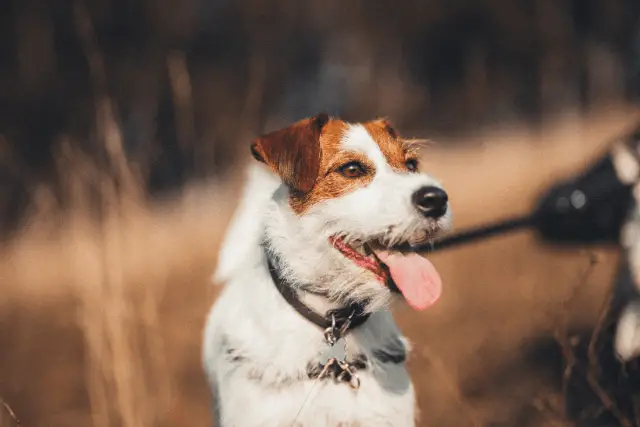
Coat type and color
The coat is dense and flat. Any curls or waves disqualify a dog from the breed. There are two kinds of coats: smooth coats and broken coats. Both have coarse hairs, but the broken coat type has slightly longer hairs. As a result, Parson Russells with broken coats may have larger brows and beards. The color should be mostly white with markings colored;
- Tan
- Lemon
- Black
- Any combination of those three colors
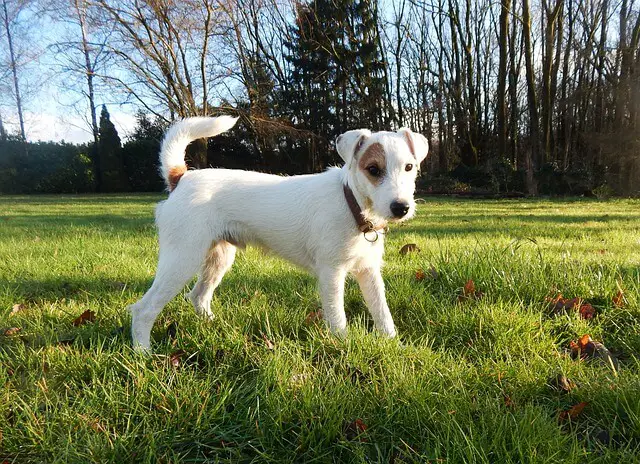
Temperament
Parson Russell Terriers, like other Terrier breeds, have strong personalities. Parson Russell, who has been well-trained and socialized, is playful, confident, and full of energy. They get along well with other dogs and children, but younger children should be supervised.
While they enjoy playing with children, they do so on their own terms and do not tolerate rough treatment. If a terrier doesn't like what's going on and feels unable to flee, it may nip or bite.
They are intelligent dogs who enjoy exploring or participating in other activities that satisfy their need for physical and mental stimulation.
Care guide
Make no mistake: caring for a Parson Russell Terrier requires a significant time commitment. This dog breed is always on the move, thanks to seemingly limitless energy and inquisitive, intelligent nature. As a result, they frequently make good pets in homes with children, as they will happily play for hours. The following are the most critical aspects of caring for a Parson Russell Terrier.
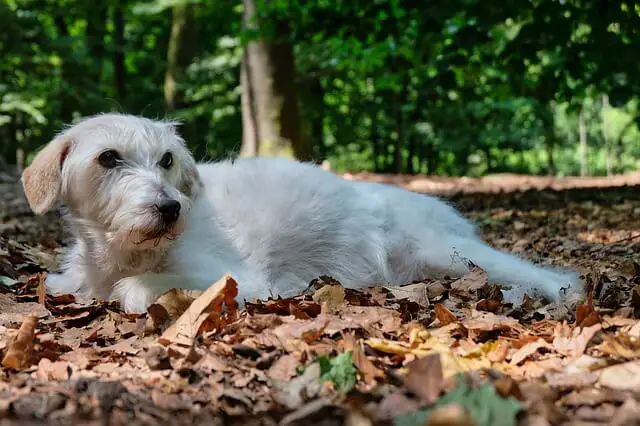
Grooming
Though this dog breed's training and care are anything but low-maintenance, the grooming routine is. This dog's short, coarse coat only requires an occasional rub to stay in shape. A bath will keep dander and odors at bay, but it is not necessary on a regular basis. Trim your dog's nails as needed, brush their teeth on a regular basis, and keep their ears clean.
You can easily accomplish these goals by examining the dog while brushing them. Start handling the dog's paws, ears, and mouth while they're still young. It is the best way to ensure they become accustomed to being handled. That means grooming will become much easier later in their lives. Use products designed specifically for dogs, such as dog toothpaste and ear cleaners.
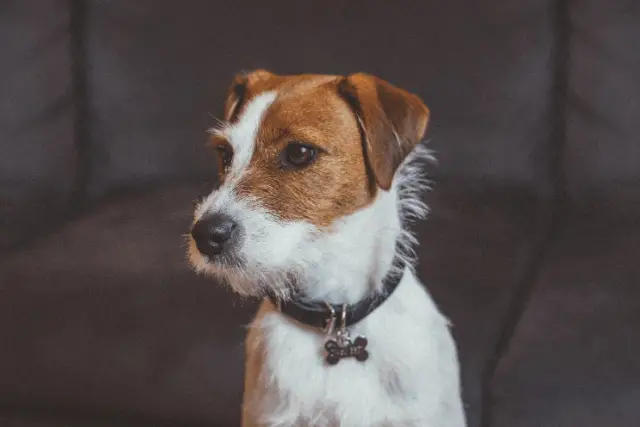
Training
The Parson Russell Terrier is not recommended for first-time dog owners or families who are unable to devote the necessary time and attention to detailed training. Aside from the breed's boundless energy, the terrier personality is often characterized by a stubborn or independent streak.
To prevent this little dog from dominating the house or preferring to pursue their own ideas, owners of a Parson Russell Terrier must demonstrate effective leadership from the start. Although the breed is not known for being overly shy or timid, it can benefit from a positive, firm approach.
Although each dog is unique, keeping the breed's origin in mind can help shed more light on its personality. The Parson Russell Terrier, which was initially bred to work with a pack, is generally compatible with other dogs. Aggression and quarrelsomeness were regarded as undesirable traits and were avoided in the early breeding program.
Exercise needs
Every day, Parson Russell Terriers require several long walks or run. When they reach adulthood, this long-legged dog makes a good jogging companion. Parson Russell Terriers can be high-strung and destructive if not given enough exercise and mental stimulation.
They are, fortunately, well-suited for a variety of canine competitions. Aside from show ring success, Parson Russell Terriers have excelled in canine agility, dock diving, go-to-ground trials, and barn hunts. Such activities are a fantastic way to bond with your dog while also providing an outlet for his zeal and drive.
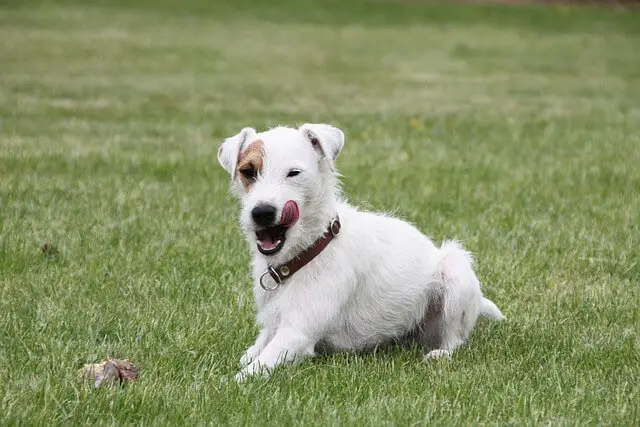
Socialization
Parsons can be picky about who they hang out with. Despite their reputation for being playful, affectionate, and outgoing with their owners, the breed can be wary of strangers. Socializing a Parson Russell Terrier puppy early in life and on a regular basis as they grow is critical for teaching them that new people aren't scary.
The best thing you can do is begin socialization as soon as possible. Introduce your puppy to new people, sights, sounds, and other dogs. When your puppy has received all of the required vaccinations and your veterinarian has given you the all-clear, begin taking your dog to busy parks and streets. It is the only way to ensure that they are at ease in various situations.
Parson Russell Terriers and kids
Parson Russell Terriers get along well with children, especially if they are raised together. They can be a reliable companion and playmate for your children. However, both the dog and the children should be adequately trained and educated.
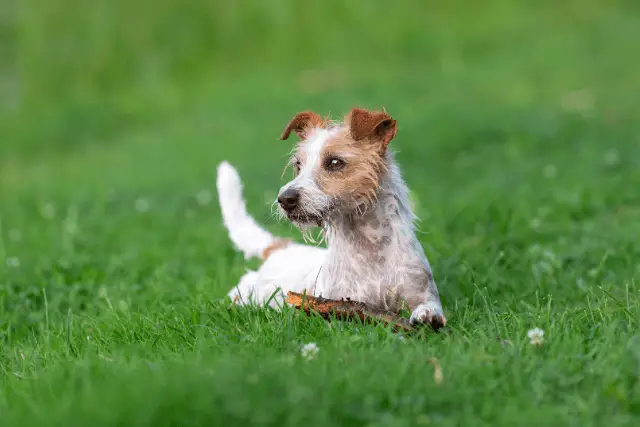
It is critical to teach children how to interact with dogs safely. Make sure your children understand not to disturb the dog while sleeping or eating.
Parson Russell Terriers and other pets
Parson Russells were bred as hunting dogs, so they have a strong prey drive. They get along well with other dogs most of the time. However, because of their prey drive, they are not suitable for households with other small pets.
Animals such as guinea pigs, gerbils, ferrets, and even cats may never be safe in the presence of these dogs.
Health
In general, the Parson Russell Terrier lives a long life, with an average lifespan being 14 years. There are only a few major health concerns to be aware of. Responsible breeders, on the other hand, screen for hereditary health issues such as eye problems, deafness, and more to help ensure the breed's heartiness.
The following are some of the most common health issues that affect this breed:
- Patellar luxation - The patella (kneecap) is a part of the knee joint located between two ridges on the femur. When the knee joint is misaligned, the patella can slip between these two ridges, causing pain or an abnormal gait.
- Deafness - Because some terrier puppies are born deaf, there could be an underlying cause if your terrier puppy isn't responding to sounds or commands. Any loss of hearing should be evaluated by a veterinarian to rule out ear infections and other causes.
- Primary lens luxation - The fibers that hold the lens in place disintegrate or weaken, resulting in lens luxation. This allows the lens to move around inside the eye.
- Ataxia - Ataxia refers to any condition that affects an animal's gait or balance. Some Parson Russell lines are affected by heritable ataxia that appears when the puppy is 2 - 9 months old.
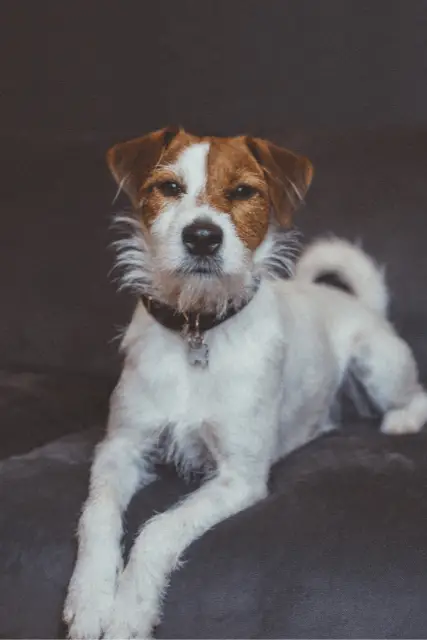
Parson Russell Terrier breeders
If you've decided that this is the breed for you, it's time to find a reputable Parson Russell Terrier breeder. This step is critical because responsible breeders produce healthy and attractive dogs. If you contact one of those breeders and purchase a dog from them, you can be confident that the puppy will have the best possible start in life.
SEARCH PARSON RUSSELL TERRIER BREEDERS
World Dog Finder team

Updated at31.08.2023.
Breed History
The Parson Russell Terrier is a close relative of the Jack Russell Terrier, with whom it shares a common ancestor. Reverend John "Jack" Russell was a 20-year-old at the start of his career in 1815. His great passion, aside from theology, was hunting, so he was always on the lookout for hunting dogs. According to legend, while walking by the Cherwell River, he came across a terrier who was so perfect that the Reverend felt he had to have her.
Rev. Russell finally took the Terrier bitch, Trump, home with him after haggling with her owner. Russell's new breed was supposed to be based on Trump. These Terriers were bred to be tough. They had to be able to keep up with a foxhunt's horses and hounds.
They had to be small enough to fit down a hole when the fox "went to ground," as well as determined enough to flush the fox out alive so the hunt could continue. Rev. Russell was more concerned with performance than appearance, so the Parson Russell Terrier's emergence as a distinct breed was left to future generations.
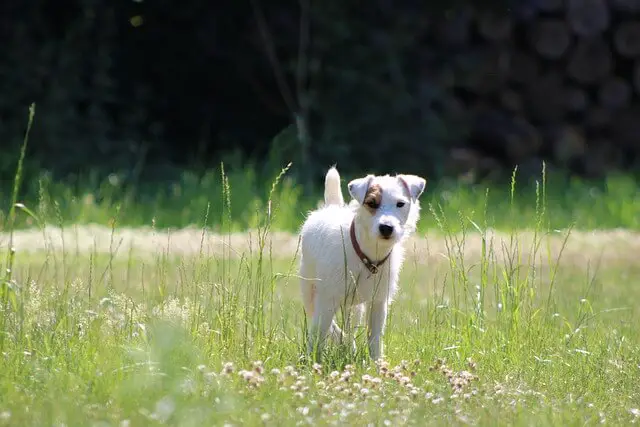
Following Rev. Russell's death, the original Terrier began to split into two distinct breeds, the Jack Russell Terrier and the Parson Russell Terrier. Hunts that ran over hillier terrain necessitated using a dog with longer legs to keep up with the hounds on rough terrain.
Those with shorter legs were kept as rat catchers, watchdogs, and companion animals at home. The longer-legged variety was known as the Parson Russell Terrier, while the shorter-legged variety was known as the Jack Russell Terrier.
The breed's official recognition by Kennel Clubs around the world took time. Kennel Clubs refused to recognize the breed due to the amount of variety and crossbreeding. It was challenging to establish a breed standard that would cover them all. The Jack Russell Terrier Club of Great Britain split in the 1980s between those who wanted to create a breed standard and those who valued temperament and working ability over appearance.
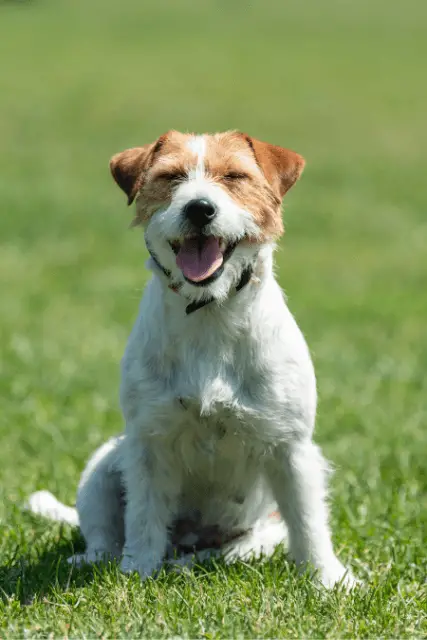
The Parson Russell Terrier was recognized as a Fox Terrier variant in 1990. This recognition, however, grouped the longer-legged Parsons with their shorter-legged cousins. It wasn't until much later that the Parson Russell Terrier and the Jack Russell Terrier were recognized as distinct breeds. However, there is still some debate and controversy surrounding breed standards and classification!
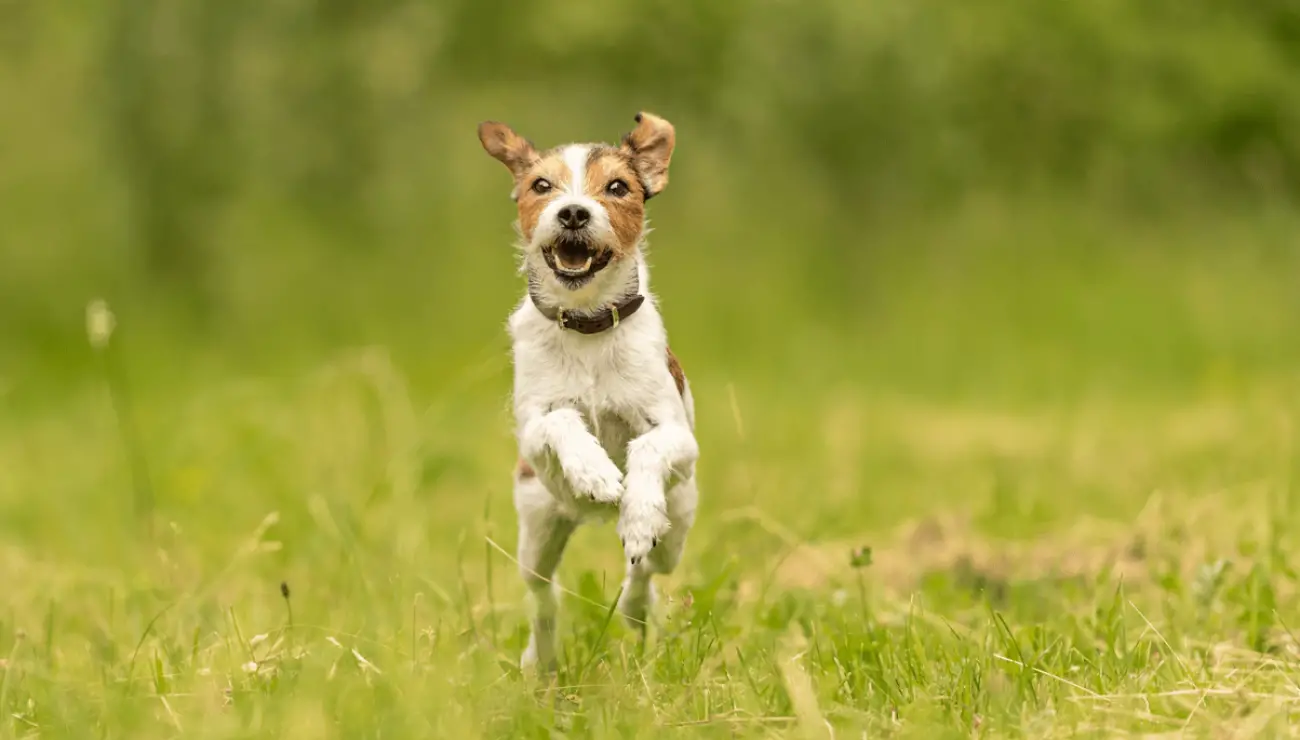
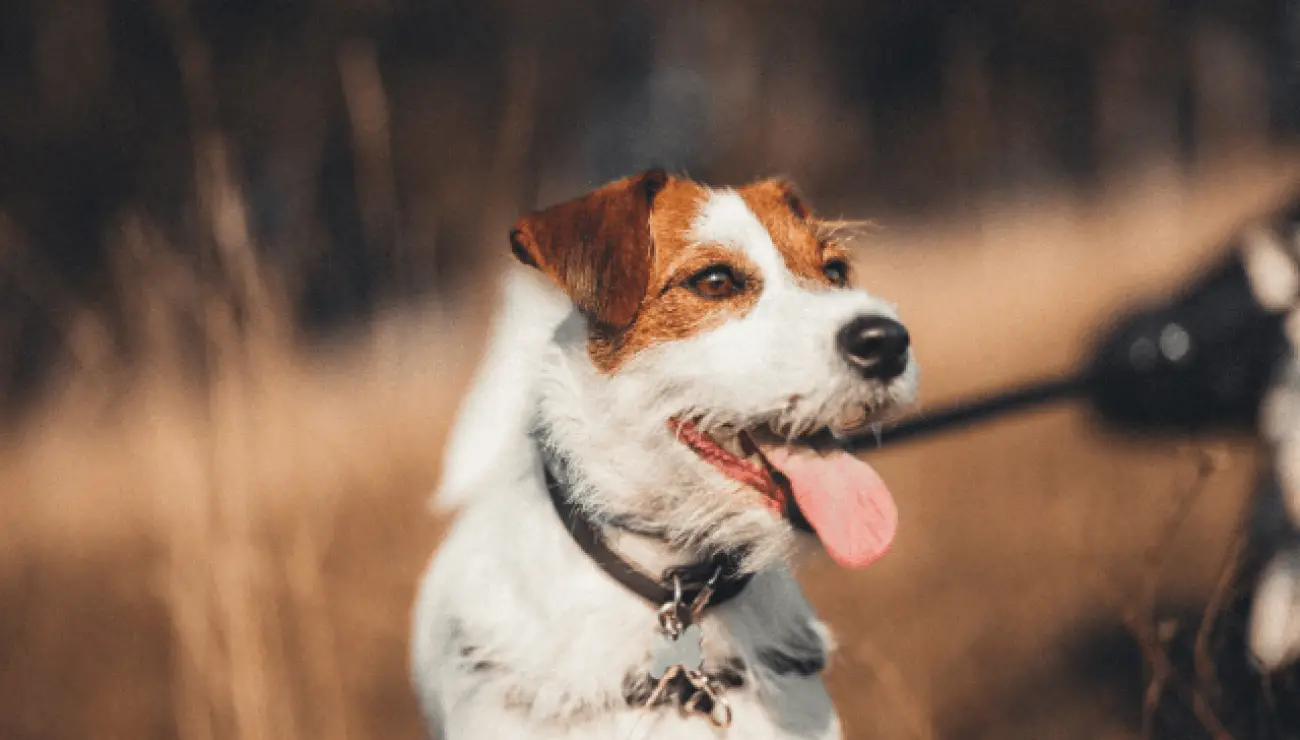
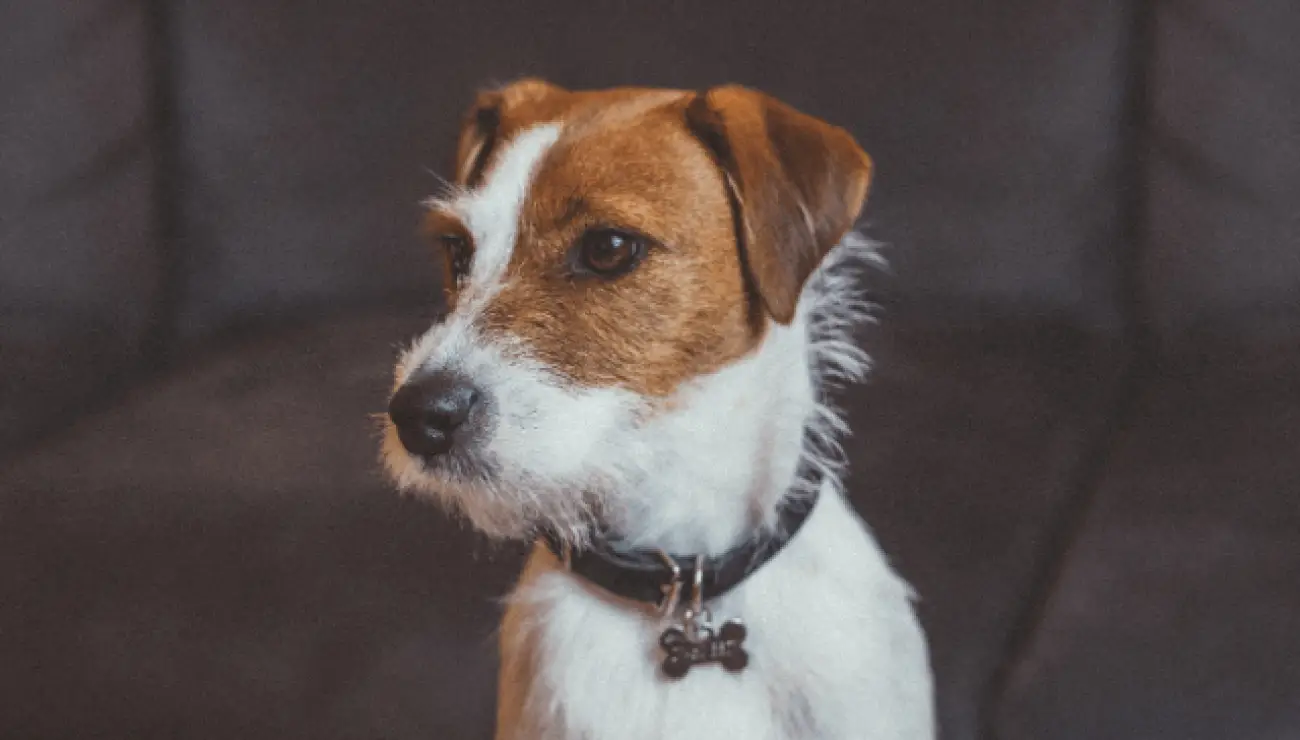
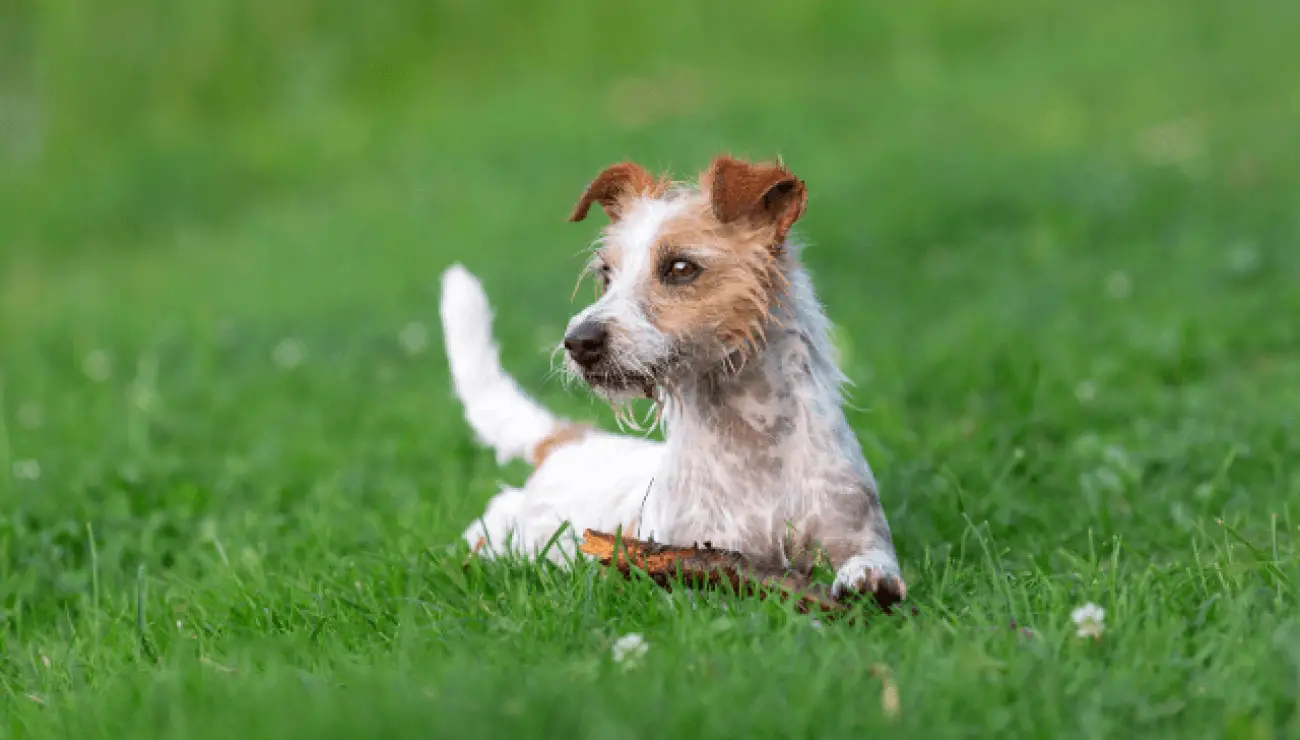
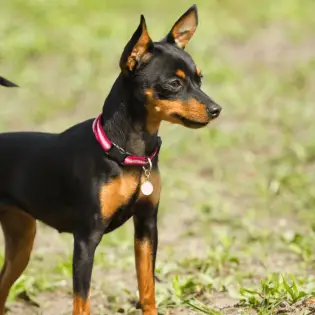
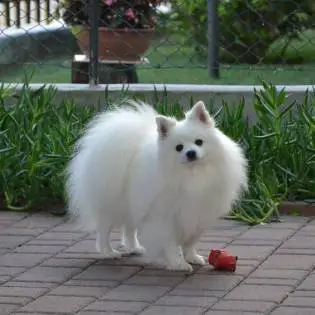
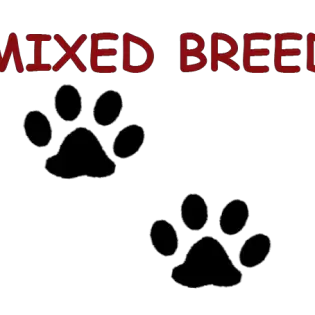
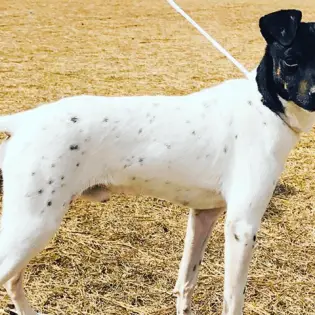
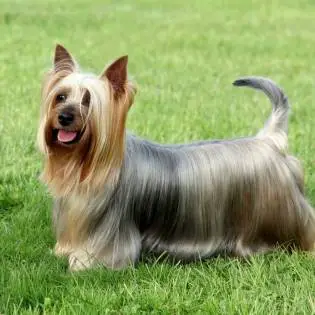
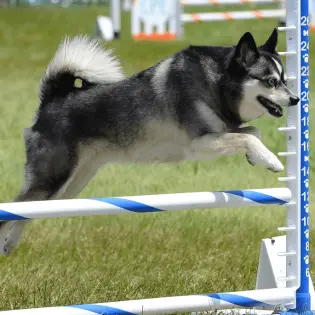

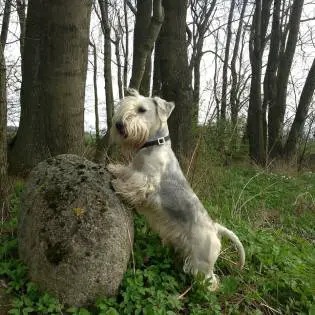

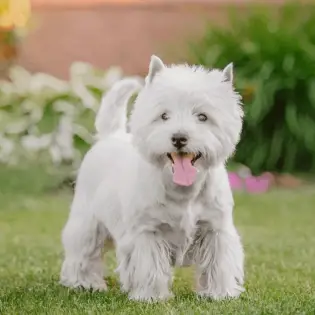

Share